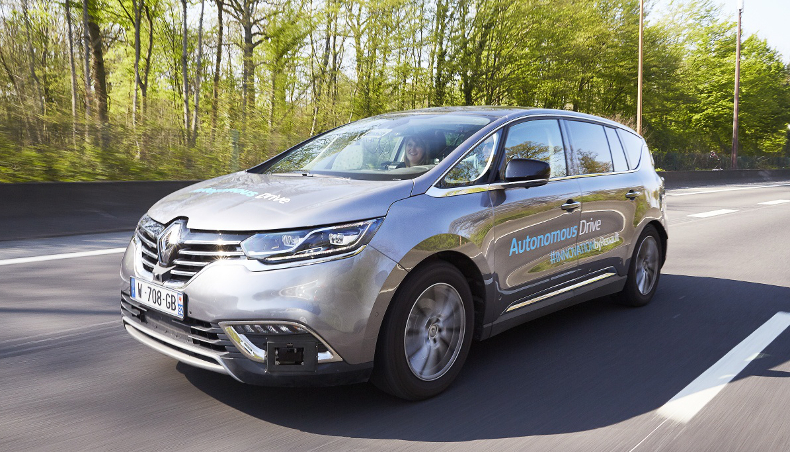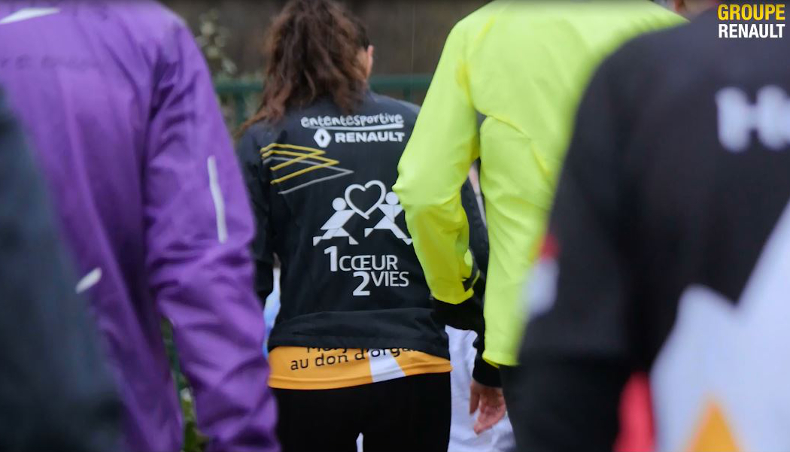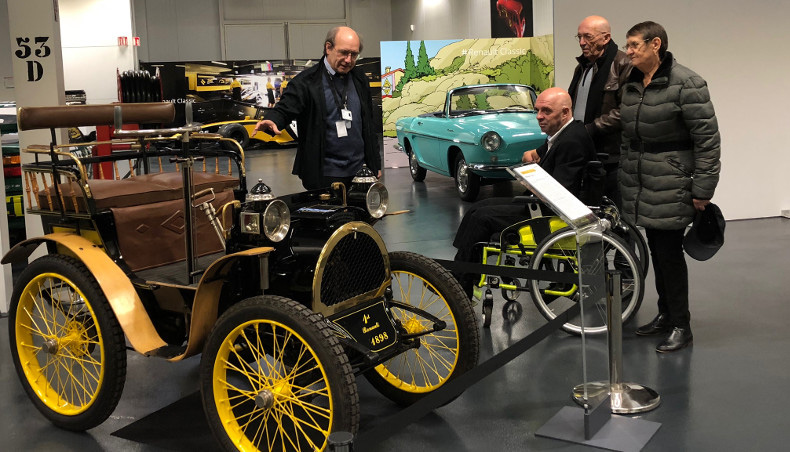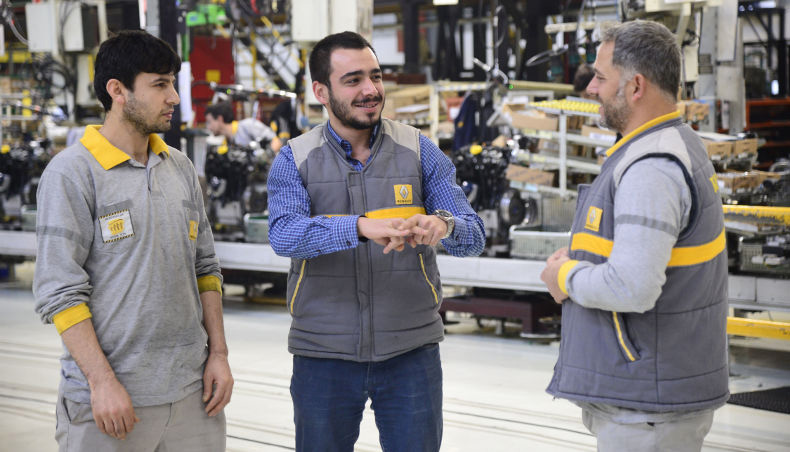

Given the safety and reliability issues at stake, autonomous vehicle development requires millions —billions even— of miles of road tests. The number of situations to be tested is colossal, when we factor in the data volume, the criticality of the constraints involved, and the sheer number of parameters at work (traffic conditions, outlying environment, roadway conditions, weather, reactions of other road users, safety requirements such as Euro NCAP, etc.).

Because it would be physically impossible to run that many miles of real-life road tests, we need simulation, with virtual driving standing in for much of the actual physical driving. Throughout this process, the technologies and algorithms developed by Renault engineers are evaluated via a digital simulator and matched up against electronic representations of real-life situations previously recorded on the road, the aim being to tune the system into providing an optimum response.
Using massive simulation in the autonomous vehicle development process we can rapidly evaluate millions of scenarios corresponding to literally billions of miles of real-life road tests. We can assess the reaction of detection systems, control algorithms and vehicle actuators, and pinpoint the sorts of problematic limiting situations that require physical tests,” explains Karim Mikkiche, Alliance Global VP for vehicle customer performance, digital simulation and tests.

For example, it’s very complicated to set up real-life traffic situations involving vehicle breakdowns, but using digital simulation we can indeed immerse our virtual autonomous prototype vehicles in an environment that does reproduce what is otherwise an inherently unpredictable kind of traffic situation. We’ll then run subsequent physical tests to confirm our settings and tweak them if needed, especially for situations that can prove difficult to model, such as unexpected lane departures.
As Mr Mikkiche points out, “one of the reasons we still need physical tests is because digital techniques are not yet capable of precisely modelling all vehicle parameters, such as the way lighting conditions might affect a detection camera, or the dispersion response of a braking system. So digital simulation results will be backed up by physical tests under real-life conditions.”

As well as enabling development teams to meet their project schedules, the fact that physical tests can be reserved for validating system response under limiting situations also brings substantial cost reductions, since simulation is much less expensive than real-life road tests. On average, a single physical test is worth around a thousand virtual tests.
To sum up, digital simulation and physical testing form a winning combination that brings improvements in quality, costs and development times on the path to the autonomous vehicle of the future.





